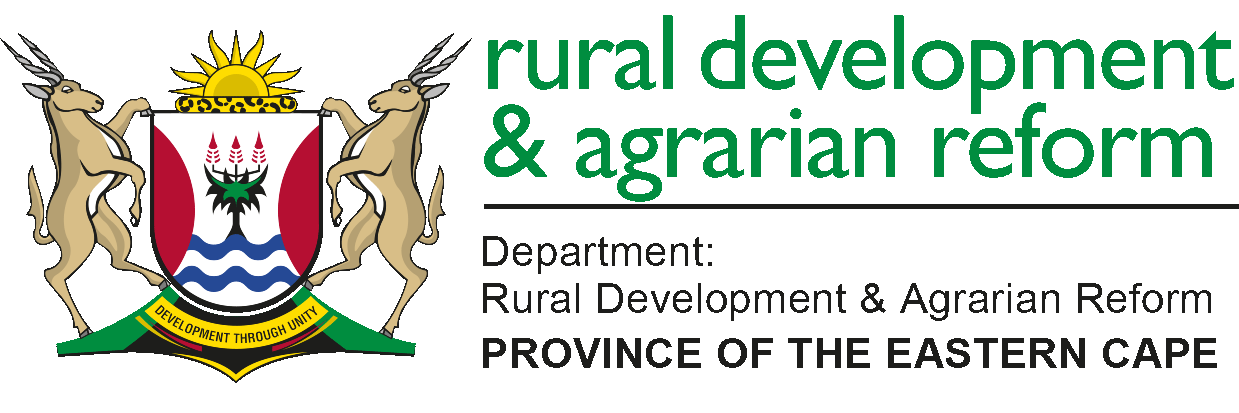Tips on winter cropping for Eastern Cape Farmers
CROPPING has always been a seasonal exercise that relies mostly on the type of crops and their aptness for that particular season in the field of agriculture but with the growing demand for food all year round, farmers have found themselves faced with a challenge to produce crops even in incongruous seasons
. Some farmers with the experience that has come over the years in crop production and emergence of technology have found ways to yield high quality produce regardless of seasonal changes. But emerging farmers, especially those who just turned commercial still struggle in seasons like winter where there is a dire shortage of water and extremely low temperatures.
To address this, the Department of Rural Development and Agrarian Reform in the Eastern Cape which is the custodian of agriculture has embarked on an initiative to take emerging and subsistence farmers by the hand in the process of elevating them to successful farmers. This includes all year round crop production.
As MEC for the Department of Rural Development and Agrarian Reform, Nomakhosazana Meth says “everything else can stop except agriculture” and with the Winter season upon us, the department is using its specialists in crop production to share pointers on cropping during winter with special focus on types of crops suitable for the period and how farmers can best overcome the challenges that come with the season.
According to the department’s agricultural scientist, Simphiwe Mhlontlo, climatically, the coastal part of the Eastern Cape is a transition between the subtropical climatic conditions of KwaZulu Natal and the Mediterranean conditions of the Western Cape. And this is one of the reasons why the coastal areas such as Port St Johns receive long hot conditions and high rainfall in Summer, with very mild Winter.
“However, the interior is characterized by very cold winter during the months of June, July and August; and July has been observed to be the coldest month in most areas,” said Mhlontlo. The average temperatures in winter in most inland areas can drop to as low as 2°C while during the summer months of December, January and February the highest average temperature is around 35ºC and is normally recorded during January. The province receives most of its rainfall between October and April after which there is a usual decline from May to September and the most minimal rainfall received is usually in July. High frost incidences are usually experienced in most inland and mountainous areas starting in May until July.
“Based on this, it becomes very difficult for farmers in the inland areas of the province to practice dryland winter cropping but can produce crops such as wheat, peas, onion, winter cultivars of cabbages, among others, under irrigation. Wheat is one of the grain crops that has been grown successfully in the past in areas such as Ncora Irrigation Scheme where temperatures met its vernalization (cold) requirements. In essence, vernalization is the cooling of seed during germination in order to accelerate flowering when it is planted,” Mhlontlo added.
In coastal areas with mild winter such as Port St Johns, farmers can increase their web by growing a variety of vegetable crops including green mealies.
Another benefit of growing crops in winter in cold areas is the reduced disease and pest outbreaks as the conditions are not conducive for their survival and the farmer will be saving as there will be less application of insecticides and eventually, less cost of production. Mhlontlo further advised farmers especially emerging farmers to conduct thorough research before buying seeds and seedlings so they can establish the difference between winter cultivars and others.
